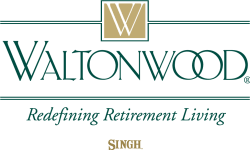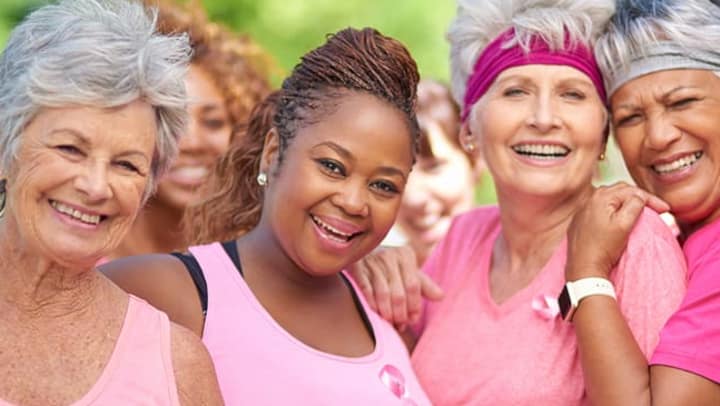→ About 85 percent of breast cancers occur in women who have no family history of breast cancer. Instead, these occur due to genetic mutations that happen as a result of the aging process.
→ Although you can mitigate risks with proper health care and regular mammograms, the most significant risk factors for breast cancer are being a woman and growing older, according to the Breast Cancer.org website.
These two facts combined means that even if older women are showing no significant signs of breast cancer, it’s important to have regular mammograms to identify cancers as early as possible.
Why Age Makes a Difference
Breast cancer rates are highest in women over the age of 70, and the median age is 62. Breast cancer tends to increase as we age due to the changes that naturally occur in our cells over time. When many of these changes occur, cancer can develop.
Genetics is also one of the greatest risk factors for developing breast cancer. Therefore, older women who have a family history of breast cancer should be especially cognizant of their own risks of developing the disease.
→ In 2018, an estimated 266,120 new cases of invasive breast cancer are expected to be diagnosed in women in the United States.
Annual Mammogram Facts
Perhaps the single most important factor in identifying breast cancer early is to have regular mammograms.
→ Skipping a mammogram every other year would result in missing up to 30 percent of cancers.
Women over the age of 40 should begin considering having mammograms taken once a year, and women ages 45 to 54 are advised to do so. Women ages 55 and older can reduce that number to once every two years. Women of all ages should also conduct self-breast exams in order to detect irregularities, such as lumps in the breasts or under the arms.
Men and Breast Cancer
According to the American Cancer Society, men are 70 to 100 times less likely to be diagnosed with breast cancer than women are. However, the society estimates that about 2,550 new cases of invasive breast cancer will be diagnosed in men in 2018, and 480 will die from breast cancer.
→ For men, the risk of getting breast cancer is about 1 in 833.
Because there is more of a focus on women in regard to breast cancer, men tend to overlook the signs and often wait until the cancer has spread.
Breast Cancer Prevention
You can’t prevent all breast cancer risks, such as getting older or heredity. However, there are some steps you can take to reduce your risk, according to the Centers for Disease Control and Prevention.
- Maintain a healthy weight.
- Exercise regularly.
- Limit alcoholic drinks to no more than one per day, or avoid them altogether.
- Talk to your doctor about ways to lower your risks if you have a family history of breast cancer.
Much research has been done as well on the effectiveness of healthy foods in relation to breast cancer prevention. For the most part, the research is still out, but many believe some of the following healthy foods, spices, herbs, and drinks could help:
- Green Tea
- Berries
- Soybeans
- Brightly colored fruits and vegetables
- Turmeric
- Broccoli
- Garlic
- Onions
- Apples
- Pomegranates
- Walnuts
- Some types of fish
- Flax seeds
If you are concerned that you or someone you love may be at risk for breast cancer or any other cancers, consult with your primary care doctor.


